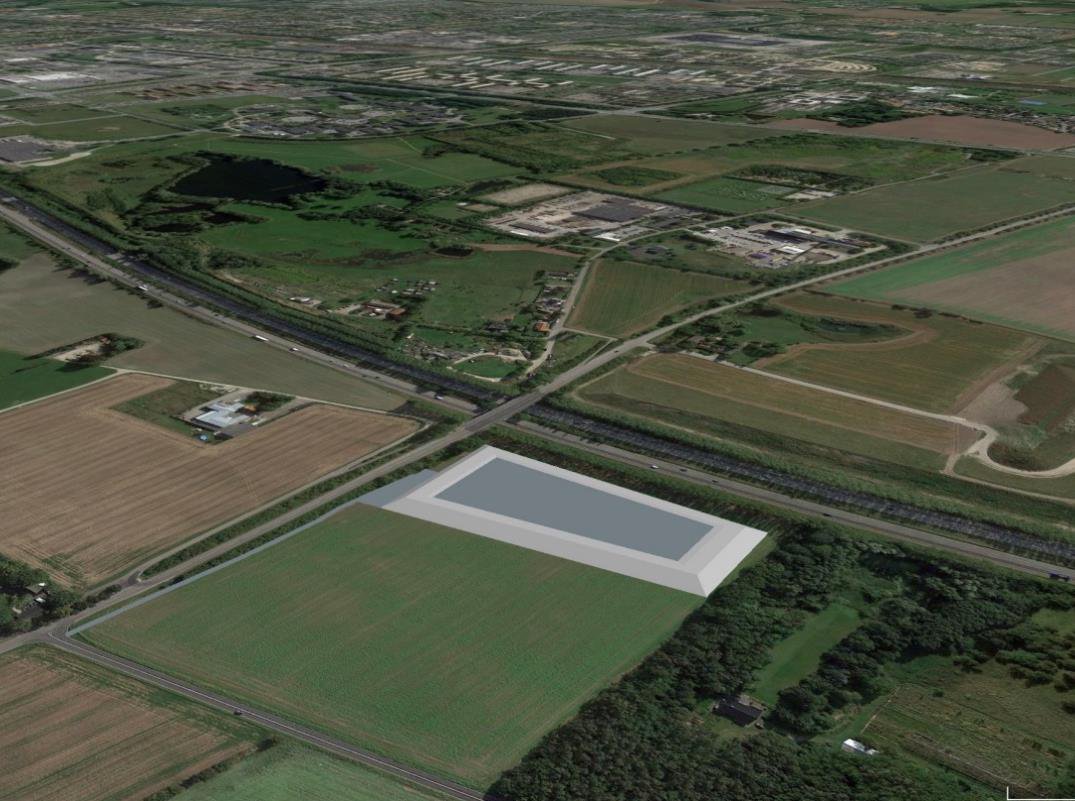Pilots
The benefits of implementing the solutions developed within ELEXIA will be demonstrated in three complementary pilots, carefully selected to cover all challenges linked to energy system integration.
Port of Sines, Portugal
Main Challenge
Optimisation and centralised management of the port’s electrical grid and related sectors
Flexibility from port loads
Portugal’s busiest port, handling more than 50% of the total cargo volume, has a clear strategy towards digitisation and decarbonisation by 2030. Decarbonisation will be achieved through integrating locally generated renewable energy.
Sector coupling and port digitisation
Port operators and citizens’ involvement
The integrated energy system is where ELEXIA comes in with:
Centrally manage the port energy system for various stakeholders.
© Port of Sines
Høje-Taastrup Municipality, Denmark
Main Challenge
Holistic optimisation of the multi-energy system considering local resources and market participation
Large-scale PTES thermal storage for regional and local flexibility services
A residential area located in the greater area of Copenhagen which faces the challenge of integrating the local heating and cooling networks with the regional system, while increasing the energy share of renewable sources.
The solutions developed within ELEXIA focus on:
Operational optimisation for a shopping mall
Sector coupling through the water-energy nexus
Citizen involvement
Overcome the technical complexity and deliver a robust decision support mechanism for integrated heating, cooling, and power networks.
© Høje-Taastrup Municipality
Dokken Area in Bergen, Norway
Main Challenges
Holistic optimisation of all energy grids and related sectors
Decentralised energy storage
A simultaneously industrial and residential area in Bergen with a clear aim of converting to a modern zero-emission and sustainable area by 2050. The Dokken site is under transformation towards tight sector coupling for optimised operational flexibility.
Optimise the operation of the integrated system from the very beginning of the transformation process of Dokken and keep streamlining it in the process.
Close interoperability with the System Planning Toolbox (SPT)
The integrated energy system is going to be achieved via:
Flexibility services
Sector coupling
Involvement of citizens
© Bergen Municipality
| PORT OF SINES | HØJE-TAASTRUP | BERGEN | |
|---|---|---|---|
| Climate | Mediterranean | Continental | Boreal South |
| Area wealth | Low - medium | Medium | High |
| Stakeholder ecosystem | Port / multimodal transport, several operators, municipality | Urban — residential, district heating / cooling company, citizens | Municipality, energy supplier, businesses, communities |
| Energy system | Local (private), connection to MV & HV | Distribution grid, regional & national connection | Distribution grid, EV, trick and ships |
| District Heating/Cooling | N/A | Both | DH based on waste incineration |
| Digital infrastructure | High, "Single window logistics platform" | High at systems and end user level | High at end user level and per sector |
| Energy consumption | 25.3 GWh | 1.270 GWh | 32.4 GWh |
| RES (%) | 64.5% electricity | 39% electricity, 74% DH | 100% electricity, about 60% DH |



